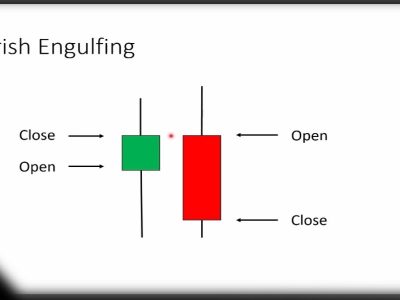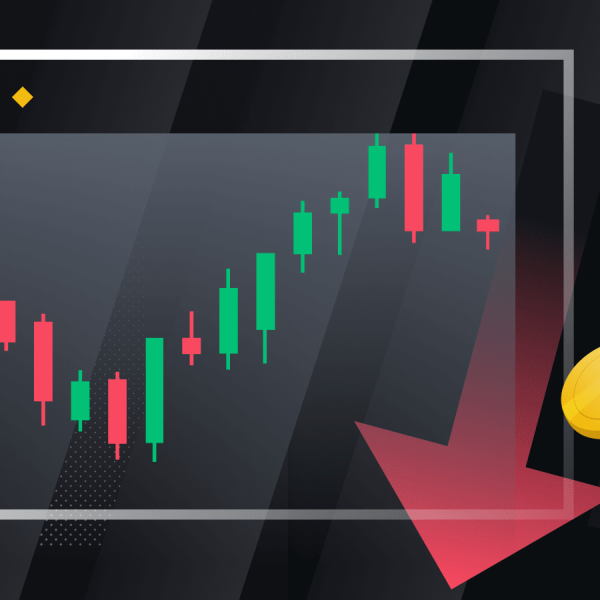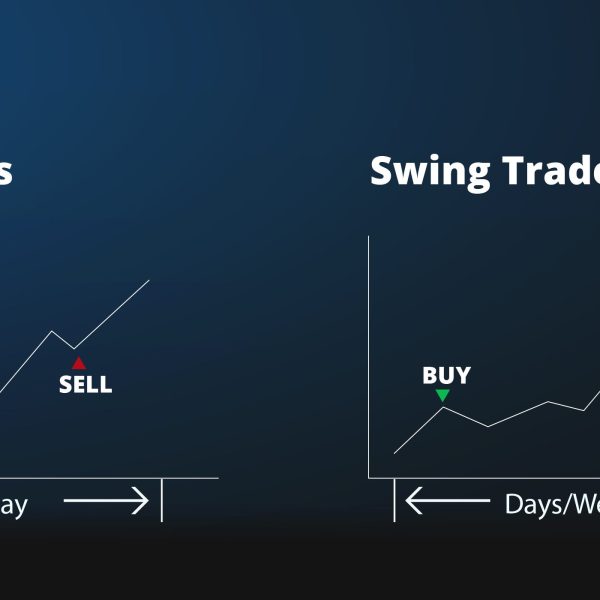Wrapped Bitcoin (wBTC) is a token bitcoin asset (BTC) that was established in January 2019 as a joint project between the custodian of digital assets BitGo and two liquidity traders Kyber and Ren. By far the most popular BTC tokens, Wrapped Bitcoin allows bitcoin holders to deploy their assets in a wide range of decentralized Ethereum Blockchain (DApps) applications.
You can also read: How JUST (JST) Builds a Bridge on TRON?
With high transparency yet centralized, wBTC is steadily growing in popularity and has recently entered the top 20 digital currency charts. If you have been wondering what wrapped bitcoin (wBTC) is and how wrapped bitcoin works, we will cover it for you. Join us to explore this fast-growing digital currency project.
What is Wrapped Bitcoin (WBTC)?
The project is part of the Wrapped Tokens initiative launched by the Kyber network, BitGo Y Republic Protocol. Launched on January 24, 2019, the initiative sought to create a token that displays bitcoin in the Ethereum blockchain.
The goal was to create a bridge that allowed bitcoin users to inject liquidity into the eager ecosystems of DeFi and DApps that were born and growing at the time.
To achieve this goal, the three figures teamed up to create a centralized maintenance platform under BitGo management that could interact using a series of smart contracts or smart contracts in Ethereum. In this way, a federal government body was created that could represent tokens with a high degree of trust, while decentralizing certain token management parameters.
In this way, all participants are guaranteed that their money is not only safe, but also protected by reputable institutions in the ecosystem. You can get more information by checking the white paper of this project.
However, be careful! As we have said, they act as the central institution in this currency. That is, it is by no means a decentralized sign.
How does Wrapped Bitcoin (WBTC) work?
The operation of Wrapped Bitcoin (wBTC) is very simple. What this system does is ask bitcoin users to submit their bitcoins.
First of all, we have an interface that allows us to deposit bitcoins in exchange for wBTC. The system issues us a Bitcoin address that is controlled by BitGo, which receives BTC from interested users and blocks and protects their assets.
Once Bitcoin has Bitcoin, the wBTC is issued for the same amount of bitcoins locked in Bitcoin. This token issuance takes place in Ethereum and is possible thanks to the smart contracts that have been made for this purpose. This means that the problem must go to an Ethereum address because wBTC is an ERC-20 token. Likewise, the reverse can be done and wBTC can be converted to BTC.
WBTC has a public order book in order to maintain its transparency. From there you can check the amount of blocked BTC and the amount of wBTC issued. It is also possible to view various transactions within the system. At the same time, you can see the token test by looking at the blocked addresses and BTC values at the mentioned addresses, which makes the system transparent in this regard.
Of course, this is the basic operation of wBTC, because there are more things hidden behind it, and this is what we will find out later.
The pros of Wrapped Bitcoin (WBTC)
You really cannot do much with ordinary bitcoin, which is great! Bitcoin is not going to be glamorous and exciting. It is supposed to be the safest digital currency in the world. That is. However, if you want to make money with your bitcoin, or do anything interesting with it, you have to use sophisticated bitcoins.
You can deposit and borrow wrapped bitcoins on a DeFi protocol like MakerDAO. Alternatively, another way to look at it: decentralized leverage. Borrow with WBTC; use the money to buy more WBTC.
WBTC and other sophisticated bitcoin alternatives can also be traded in decentralized exchanges such as Uniswap. In addition to WBTC trading, you can also place it on Uniswap to earn returns based on trading fees. On the other hand, you can lock it in a platform like Compound to earn interest on your deposit.
In general, bitcoin packaging gives the trader more flexibility in how to use their coins. Instead of just holding bitcoins, with packaged bitcoins you can borrow, raise cash, earn passive income, trade in a decentralized exchange, and more.
The cons of Wrapped Bitcoin
The value proposition of Bitcoin is security, security, security. We saw a great example of this when the Bitcoin community decided to reject the size of larger blocks. They aimed to keep the blockchain small in order to maximize the number of clients who could run a node.
In the Bitcoin network, security is more important than anything else. Bitcoin is what you want to have when the global financial system collapses.
Given the role of bitcoin as a safe asset, keeping bitcoin in the Ethereum blockchain somewhat defeats the bitcoin goal. A smart bitcoin holder contract can be misused and lead to widespread losses. Alternatively, in the case of WBTC (more on this in the next section), the company can start blocking wallets so that bitcoins cannot be redeemed.
We can draw a good parallel between complex bitcoin and gold. Many people buy gold to protect themselves from the collapse of the financial system. The serious investor keeps the physical ingot in a safe, where he can access it, even if the financial markets are offline. Having gold in a safe is like keeping bitcoins in an illegal wallet like Exodus, where the user has 100% control over their coins.
The less serious investor buys gold through the ETF, which is called “paper gold”. The problem is that in the event of a severe disruption to the financial system, no one can say what will happen to these paper gold products. They are not as secure as physical gold. It is like keeping bitcoins in Ethereum. Although it may be convenient, the investor sacrifices security.
Use cases
This token has several uses, but the most important are the following:
- Allow bitcoin holders to participate in the DeFi ecosystem while staying fixed on bitcoin prices.
- All their DEX can benefit from creating wBTC pairs to simulate the bitcoin market in their system. Many traders are “Bitcoin only” and adding this option will attract more of these traders to DEX. In this way, liquidity is expanded and strengthened.
- Using wBTC with atomic swap and side chain allows better trade between different digital currencies. For instance, if you convert your bitcoin to wBTC, you can use this wBTC to convert it to another currency that has an ERC-20 token in Ethereum, and then simply withdraw other cryptocurrencies for it. The good thing about this system is that the cost of this type of operation should be less than a direct exchange in a centralized exchange, although this depends on the cost of gas in the Ethereum and other variables that may or may not be useful to an exchange.
As you can see, wBTC is a curious token with interesting features. Known as “Bitcoin that is not Bitcoin”, the token seeks to further invest in the DeFi world by bitcoin holders.
In conclusion
WBTC is a bitcoin-backed digital asset launched on the Ethereum ERC20 blockchain network. Using this digital currency, while holding bitcoins, you can invest in new and emerging areas of the digital currency market, such as lending, and in addition to raising the price of bitcoin; you can earn a reasonable profit in return for lending.











